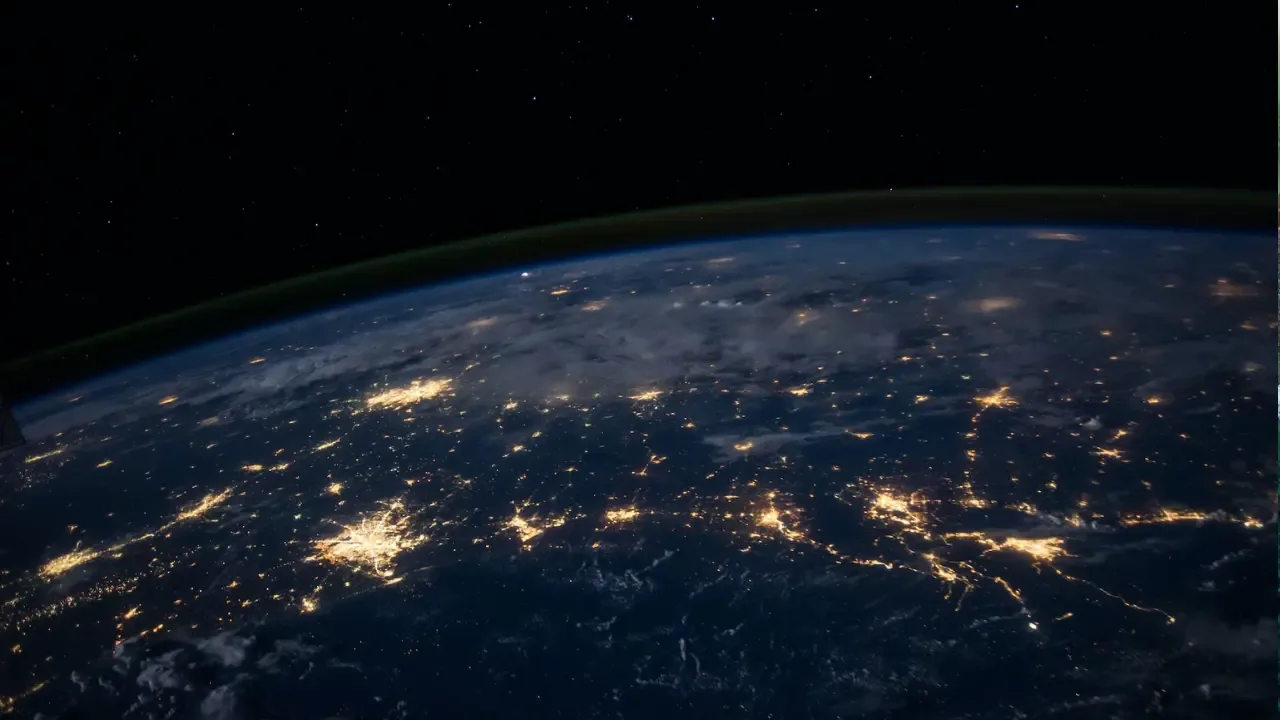Find objects between two dates MongoDB

Finding Objects Between Two Dates in MongoDB
So, you've been tinkering around with storing tweets in MongoDB, huh? That's super cool! 🐦📦 But now you have a question: how can you write a query to find all the tweets created between a specific time range? 🤔
Well, fret not! I've got you covered. In this easy-to-follow guide, I'll walk you through the steps to find objects between two dates in MongoDB. Let's dive in! 💪
The Case of the Mysterious Dates
Before we jump into writing queries, let's take a closer look at your tweet object. A crucial piece of information is the "created_at" field, which holds the timestamp of when the tweet was created. 🗓️
However, upon closer inspection, you might have noticed that the "created_at" field is not in a specific format. Instead, it's just a string representing the date and time. MongoDB, being a flexible NoSQL database, can store dates in various formats. But for our case, we can leverage MongoDB's datetime type for easier querying. 📅⏰
Updating the Documents
To make our lives easier when querying, it's a good idea to update the documents and convert the "created_at" field to a proper datetime format. Luckily, MongoDB provides handy functions for this.
Let's walk through an example of how you can convert your "created_at" field to the datetime format.
db.tweets.find({}).forEach(function(tweet) {
tweet.created_at = new Date(tweet.created_at);
db.tweets.save(tweet);
});In this example, we iterate over each tweet document and convert the "created_at" field to a datetime object using the JavaScript Date constructor. We then save the updated tweet back to the database. Voila! 🎉
Querying Between Two Dates
Now that we have our "created_at" field in the proper datetime format, we can write a query to find all tweets between two specific times. Let's say we want to find tweets between 18:47 and 19:00:
db.tweets.find({
created_at: {
$gte: new Date("2010-05-30T18:47:00Z"),
$lte: new Date("2010-05-30T19:00:00Z")
}
});In this example, we use the $gte (greater than or equal to) and $lte (less than or equal to) operators to specify the time range. We provide the start and end datetime values in the ISO 8601 format.
Time to Take Flight!
You're now armed with the knowledge to effortlessly find objects between two dates in MongoDB. 🐾💨 Whether it's tweets, blog posts, or any other type of data, MongoDB is ready to help you navigate the vast world of time-based querying.
So go ahead, update your documents, write your queries, and watch as your MongoDB-powered application takes flight! ✈️
If you found this guide helpful, make sure to share it with your fellow tech enthusiasts. And if you have any more MongoDB-related questions or just want to geek out, drop a comment below! Let's have some fun together. 🎉🤓
Happy querying! 💻🔍
Take Your Tech Career to the Next Level
Our application tracking tool helps you manage your job search effectively. Stay organized, track your progress, and land your dream tech job faster.



